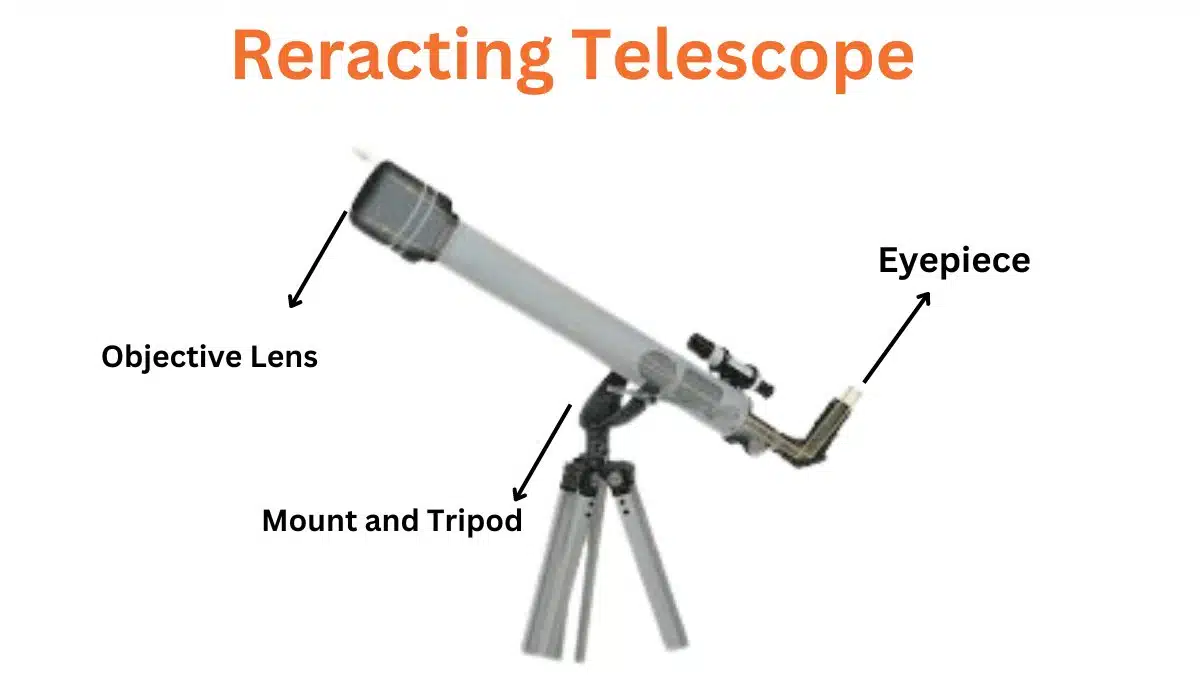What is a Concave Mirror?-Definition, Properties, Uses
A concave mirror is defined as if a hollow sphere is cut into some parts and the outer surface of the cut part is painted, then it turns out to be a mirror with its inner surface as the reflecting surface.
What is a Concave mirror?
A mirror with a reflecting surface that is away from the incident light is known as a convergent mirror. There are cave mirrors that reflect light to a single focal point. They use their eyes to focus light. Concave mirrors show different types of images depending on the distance between the object and the mirror.
The converging mirrors are called that because they tend to collect light that falls on them, refocusing parallel incoming rays towards a focus. The light is reflected at different angles at different spots on the mirror as the normal mirror surface is different at each spot.
A mirror that is bent towards the opposite side in the middle is called a convergent mirror. We will feel like we’re looking in a cave when we look in this mirror. We usually use the mirror equation to deal with a mirror that is not straight. The position of the object and the accurate size of the object are determined by the equation for these mirrors. The angle of reflection is different than the angle of incidence in the mirror. The angle of reflection is dependent on the area in which the light hits.
Concave mirror Uses
Concave mirrors can be used to reflect telescopes and to provide a magnified image of the face for applying makeup or shaving. In laser construction, cave mirrors are an important part of the process. The dental mirrors use a curved surface to provide a magnified image. The landing aid system on modern aircraft carriers uses a mirror as well.
Properties of Concave Mirrors
- Light converges at a point when it strikes and reflects back from the mirror’s reflective surface. It is also referred to as a convergent mirror.
- A magnified and virtual image is observed when the mirror is placed very close to the object.
- If we increase the distance between the object and the mirror, the size of the image will decrease and a real image will be formed.
- The image can be small or large, real or virtual, formed by the mirror.







Leave a Reply